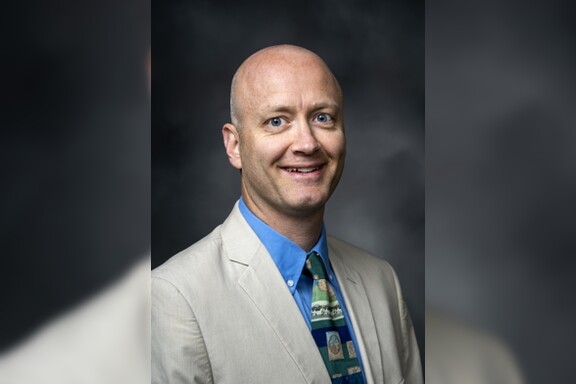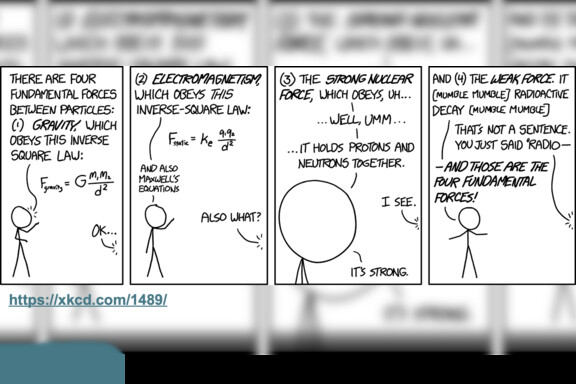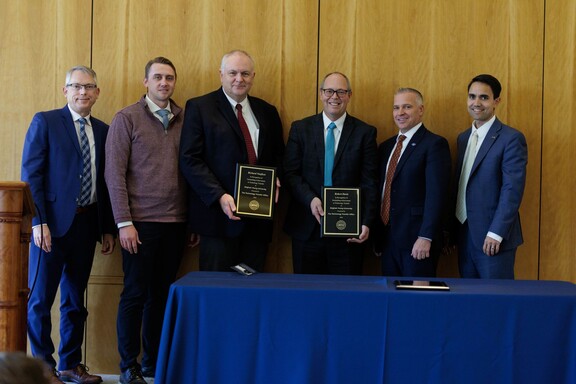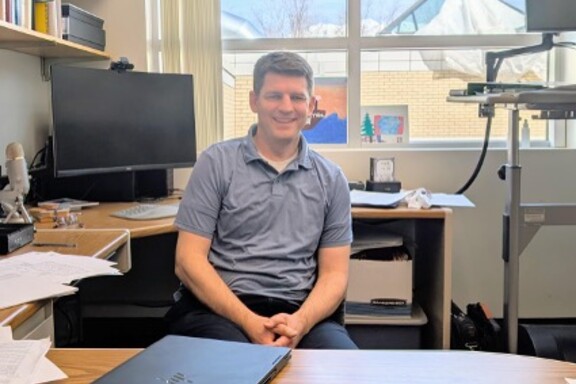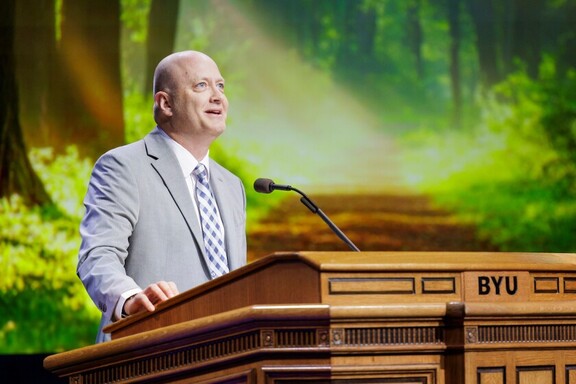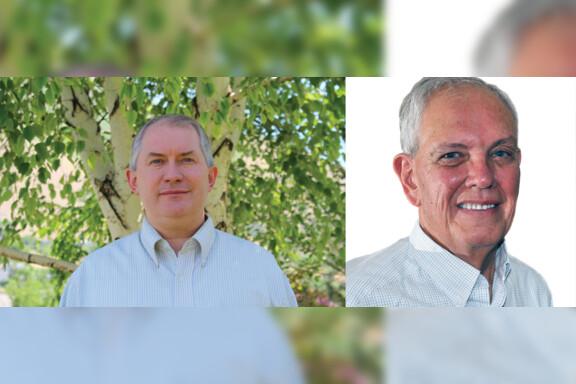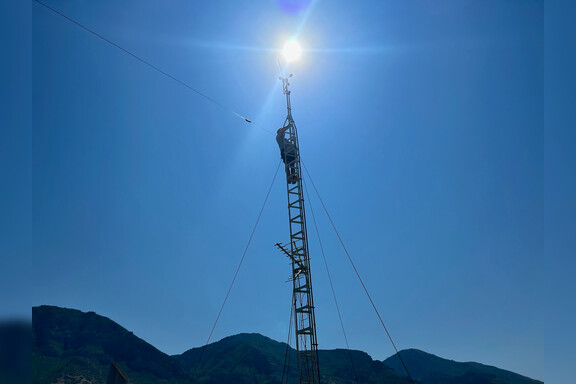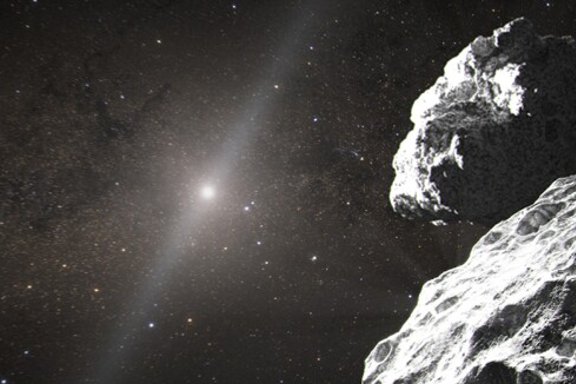By Tyler Stahle
How loud was the world’s most powerful rocket that blasted off from the Kennedy Space Center last November?
BYU professor of Physics and Astronomy Kent Gee can tell you: about 136-137 dB...nearly a mile away from the launch! Gee, along with fellow professor Grant Hart, recently led a team of undergraduate and graduate students to the Florida launch site to take acoustical measurements of NASA’s Artemis I. For Gee, it was a career-defining experience. For the students, it was the opportunity of a lifetime.
But it was an opportunity that tested the patience and resolve of the research team.
Troublesome fuel leaks and a couple of hurricanes that passed over Florida delayed the launch of the rocket by several weeks. Undaunted by the delay, the BYU team remained prepared. Upon arriving in Florida, they set up customized field equipment in various locations around the Kennedy Space Center to record the high intensity audio of the launch.
“We had a total of nine stations all surrounding the pad at different angles relative to the rocket,” said Carson Cunningham, a BYU senior studying applied physics. “We needed this because we wanted to see how the sound propagated through the atmosphere at these different locations.”
Seeing the rocket blast off during the early morning hours on November 16 brought both a sense of relief and jubilation to Gee and the BYU research team. After watching the rocket liftoff, the group was eager to inspect their acoustical instruments and verify they’d performed properly during the launch.
“It’s very nerve-wracking to put your microphones out there and have wind and water and everything else that could inhibit them from performing as well,” noted Gee. “You only get one shot at this right when the rocket launches, if you’re not prepared, you get nothing.”
The teams raced back to their stations to check their equipment and sync it to their computers. “We pulled up the files and checked to make sure we had the right time and everything and we were all just crowded around and cheering when we saw that we had data,” said Cunningham.
Gee says this data will inform scientists on how to manage the impact of massive sound emissions from a growing number of rocket launches in both the U.S. and around the globe.
“Studying the noise that radiates from rockets is important because the noise can damage the payload, it can damage the vehicle, it can even damage the launch pad. As the noise travels out, it can impact both communities and the environment,” he said. “Everyone wants these launches to be safe, and they want them to not be impactful while still being able to accomplish their purpose. The noise is one of those possible impacts that we need to understand.”
The measurements taken by the BYU team will be published in an upcoming edition of the journal JASA Express Letters.
More Information on This Article
News and Events




